Manasquan Inlet – Jan. 9

Year Count: 88 | Species: 20 | FOY Birds: 4 | Lifers: 0
After my great trip – sans camera – a week before, I made damned sure that I had my camera with me when I went for a trip to try to pick up a few rarities at Manasquan Inlet in Point Pleasant Beach, NJ. It was a super cold day – the wind temperatures were in the teens, perhaps less that close to the water.
Greeting me at the parking lot was not one of my target species – a black-headed gull – but numerous Boat-tailed Grackles making quite the racket in the wind. They greeted me as I suited up to deal with the chill and the wind, and I got a few shots before I headed to the jetty and the big quarry.
Manasquan Inlet is one of those special places in New Jersey, a place where odd species seem to come to visit – or at least a place where people are in a position to look for an find those rare-ish species. It is a place where the deep waters come into the protected inlet between the two rocky jetties, pulling in feeder fish and the birds who eat them, and where the birds come in close enough for excited birders like myself to get good close-up looks. The downside is that the location is particularly frigid during those cold days of winter, and the exposed rocks offer scant protection from the coastal winds. The great views take a price in frostbite and deep bone-chilling cold that buries into the soul. A price I’m willing to pay.

The inlet was full of Common Eider, relatives of the species I had come to find – a King Eider female, colloquially called a “Queen Eider” by locals. An uncommon but recently annual visitor, King Eider are generally only found around rocky inlets like Manasquan and Barnegat – and then it is usually only females and immature males. The trick was finding a single female queen among the many female common eider that populated the inlet space. They are one of those birds that you can have the field marks in your head, but until you actually see it, you get tons of false “Is that it?” looks.
But then when you see her – it’s obvious she’s different.
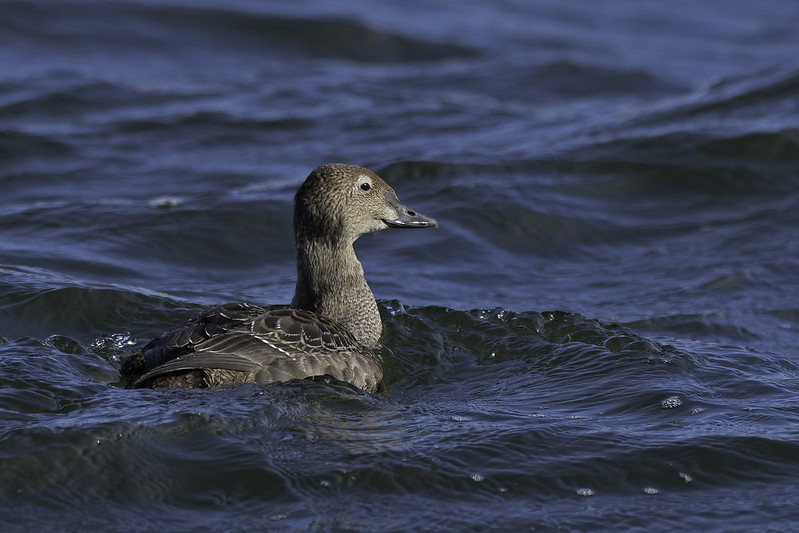
Her plumage is less of a chestnut color and more of a gray-brown, and her bill visibly different from their more common cousins. She carries herself like her namesake, regally swimming apart from the rest of the crowd.
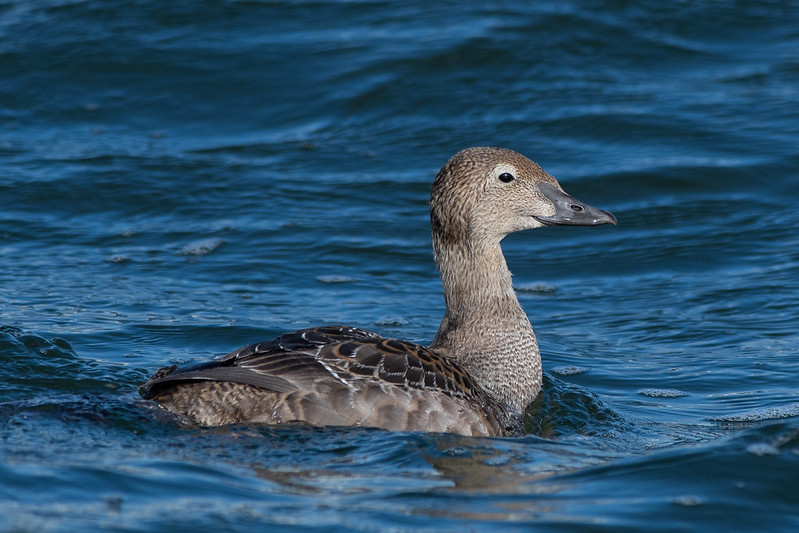
Once we spotted her, it was a quick run across the rocks – and a short climb down some more treacherous stones – to get closer, as she was swimming against the sea wall.
She seemed to be more interested in hanging out with the Atlantic Brant nearby than her own kind, but even then she held herself apart but it allowed for beautiful opportunities for photographs.

Along the way, my fingers were frozen but there was so much more to see. Ring-billed Gull lined the small waterfront park, not the most popular species but strangely attractive in the beautiful light.

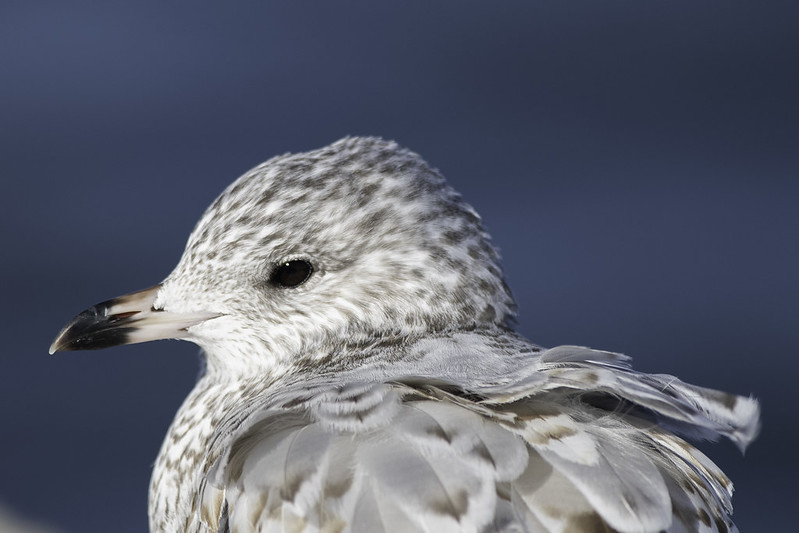
And yet more boat-tailed grackles were making their presence known via their interesting calls and chatter.
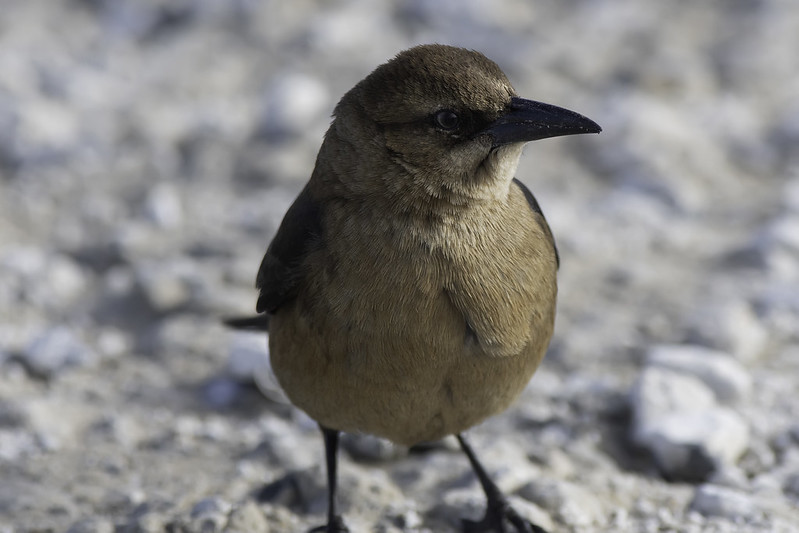
At the other end of the jetty, more fun birds were waiting for me in the time I had left before my hands froze off. A bunch of long-tailed ducks were swimming in the end of the inlet, while Common and Red-throated Loon dove in the heavy surf just off the jetty rocks. A few Purple Sandpiper sheltered in the rocks, hiding from the crashing wavs as they rushed in. And at the opposite side of the inlet, an interesting Brant caught my interest, it’s dark chest and belly making me think it might even be a rarer “Black Brant”. Others weren’t as convinced, so I’ll let others judge from my photo.

Before I left, I made a couple of stops at local places on the way out. At Baltimore Avenue, numerous gulls and Canada Geese filled the water near the marina, while a half-dozen Black-bellied Plover walked the small sandbar.
Driving out, there was a small park with a channel going through town, and I saw some things that caught my attention. Stopping, I was treated to a small group of Red-breasted Merganser, a few Bufflehead and a Great Blue Heron. After a few more minutes of the cold, I was on my way home.
New Year Birds underlined
| # | Species |
| 88 | Winter Wren (Crow’s Woods, Haddonfield, NJ) |
| 89 | Boat-tailed Grackle |
| 90 | King Eider |
| 91 | Black-bellied Plover |
| Brant | |
| American Black Duck | |
| Black Scoter | |
| Long-tailed Duck | |
| Red-breasted Merganser | |
| Purple Sandpiper | |
| Ring-billed Gull | |
| Herring Gull | |
| Great Black-backed Gull | |
| Red-throated Loon | |
| Common Loon | |
| American Crow | |
| Song Sparrow | |
| Bufflehead | |
| Turkey Vulture | |
| Double-crested Cormorant | |
| Great Blue Heron |
 Previous Post
Previous Post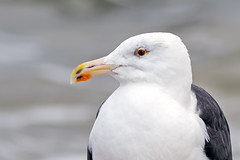 Next Post
Next Post